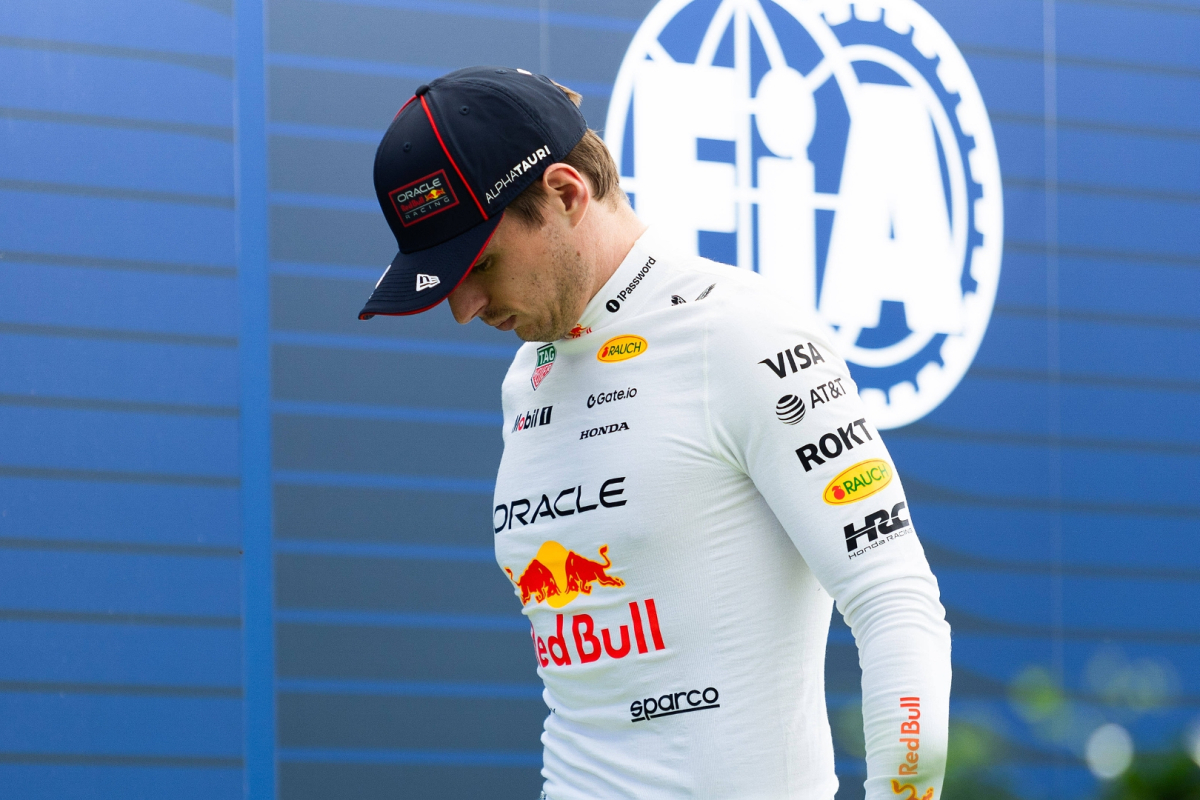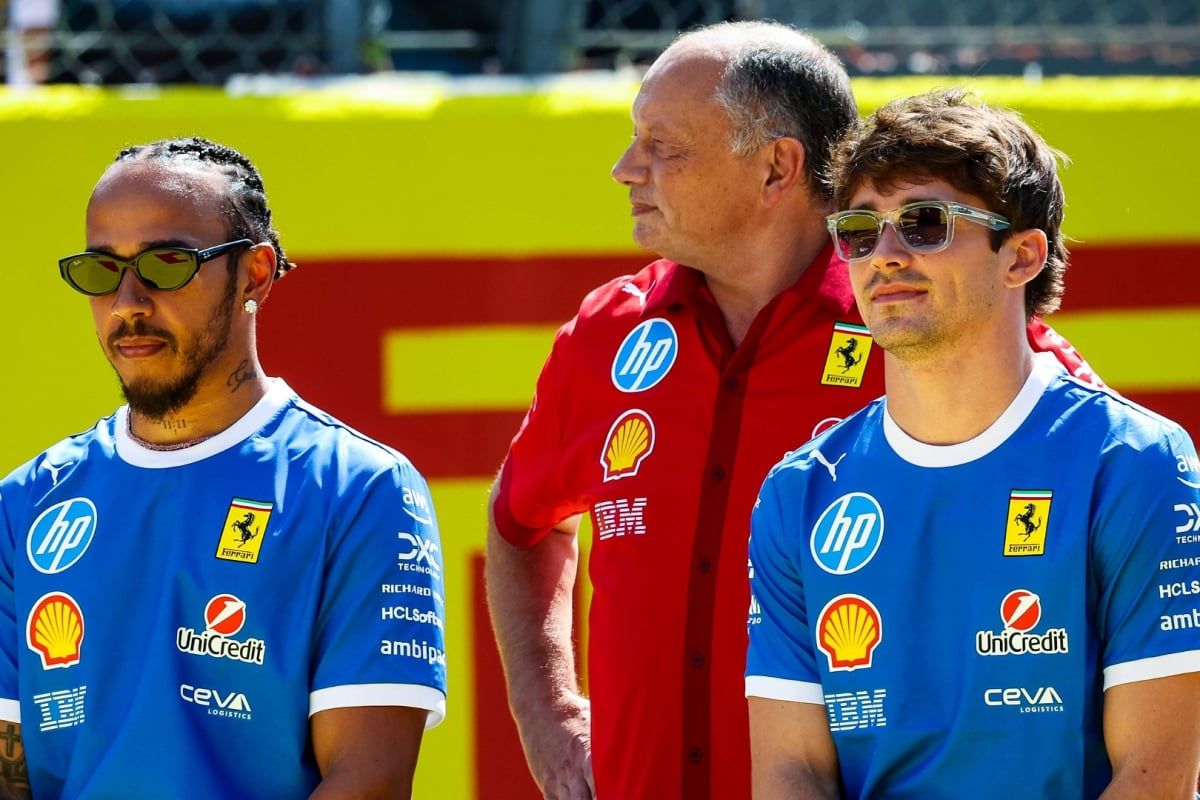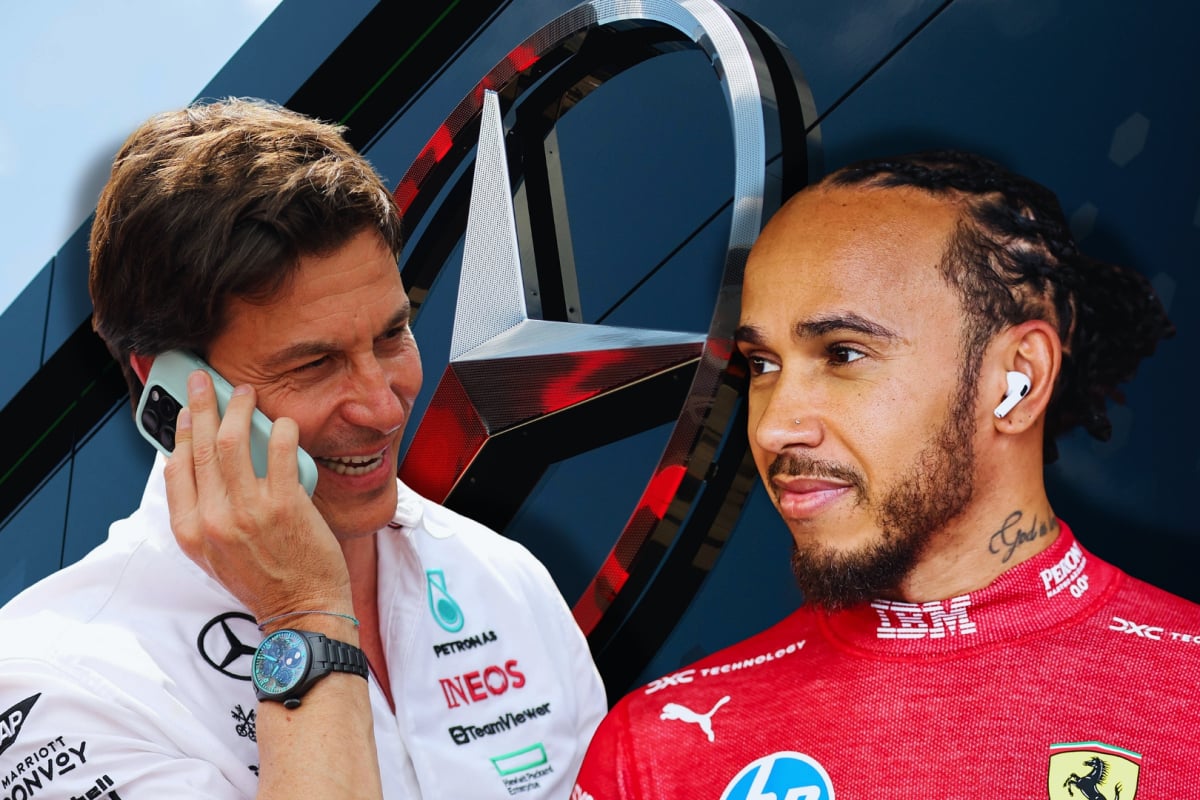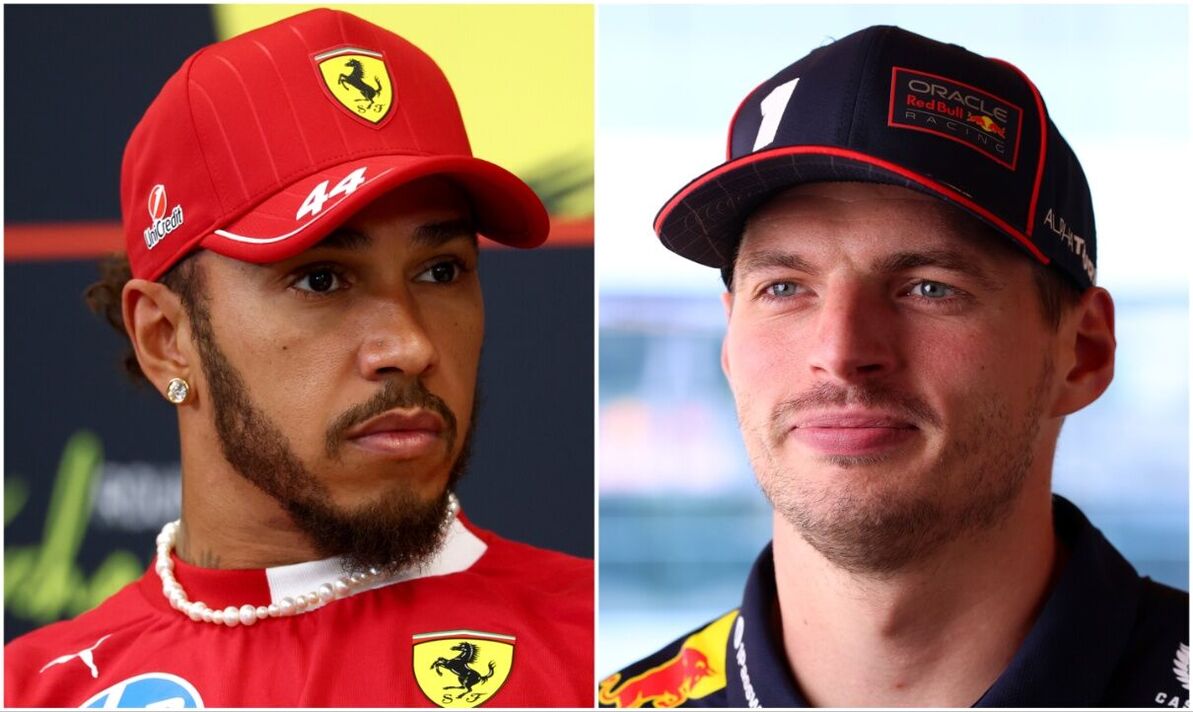SHOCKING: Max Verstappen on Brink of RACE BAN At Austrian GP After FIA…read more
Max Verstappen is walking a fine line heading into the Austrian Grand Prix, as a single misstep could see him slapped with a Formula 1 race ban. The Red Bull Ring event is a crucial moment in the Dutchman’s season, as it marks the last race before some of his current penalty points begin to expire.
Verstappen currently sits on 11 penalty points on his FIA Super Licence — just one short of the 12-point threshold that would trigger an automatic one-race suspension. These points are collected over a rolling 12-month period, and any driver who reaches 12 within that window is handed an immediate ban. Verstappen’s points won’t begin to expire until after the Austrian Grand Prix, with the first set due to drop off on June 30 — meaning any further infractions before that date could make him ineligible for the upcoming British Grand Prix at Silverstone.
The build-up to this risky scenario stems from his recent incident with Mercedes driver George Russell at the Spanish Grand Prix in Barcelona. Verstappen was judged responsible for the collision and was awarded three penalty points by the FIA, pushing him to the critical 11-point mark. Although he managed to avoid trouble during the Canadian Grand Prix, he cannot afford even the smallest rule breach at the Red Bull Ring if he wants to avoid a costly suspension.
In an effort to clarify how penalty points are issued, the FIA recently released a set of official guidelines that provide insight into what kinds of incidents can lead to drivers receiving penalty points. While these guidelines are not strict laws and the final decision rests with the stewards’ discretion, they offer a clearer picture of the infractions that could land Verstappen in hot water.
According to the FIA document, drivers may receive penalty points for a variety of offenses, both during qualifying and the race itself. For example, rejoining the track in an unsafe manner could earn a driver one or two points, depending on the severity. Other behaviors, such as deliberate collisions, blocking, or unnecessarily slow driving that creates dangerous situations, could also result in penalty points.
Violations under specific flag conditions are particularly risky. Disregarding single yellow flags — which signal drivers to slow down due to a hazard on track — could lead to as many as three penalty points if a driver fails to reduce speed or overtakes under those conditions. Ignoring more severe flag warnings, like the black and orange flag (which signals a mechanical issue that must be fixed), could carry even heavier consequences. Failing to respond to such a flag could result in disqualification and a massive five penalty points — although in practice, the highest number ever given in a single incident has been four.
While not every infraction automatically results in a race ban, Verstappen’s situation is so precarious that any point-worthy offense could tip him over the edge. Even minor errors typically overlooked or penalized lightly could prove disastrous, depending on how race stewards interpret the situation.
The published guidelines are intended to bring transparency to the process and help fans understand how and why drivers are penalized. For Verstappen, however, they also serve as a warning: every move he makes at the Austrian Grand Prix must be perfectly calculated. With his current tally set to drop only after the race concludes, Verstappen has one more hurdle to clear before he can breathe a little easier — and any mistake on Sunday could sideline the reigning champion from the next race entirely.




